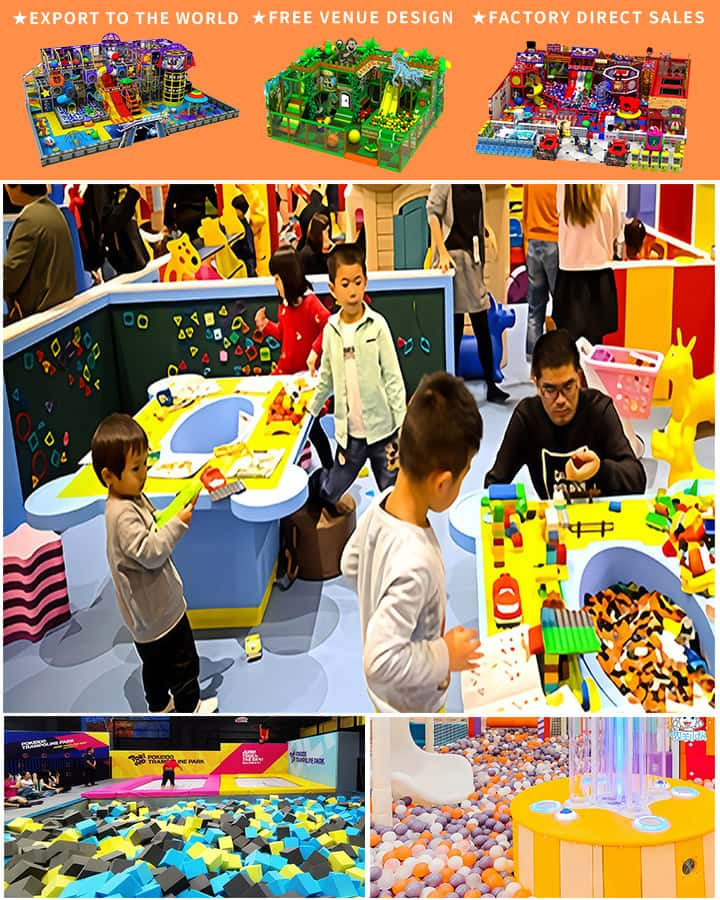Stepping into a playground filled with vintage play structures instantly transports one back to simpler times. The creaking sounds of metal, the rust-colored paint, and the familiar shapes evoke memories from childhood. Today, we delve into the enchanting world of old playground equipment names, celebrating their timeless appeal and the joy they brought to countless children.
1. Merry-Go-Round
The merry-go-round, often adorned with ornate carousel horses, was the centerpiece of many traditional playgrounds. Its circular motion, accompanied by cheerful music, provided a sense of magic and delight. Kids would eagerly hop on, holding onto the pole as they spun around, feeling as though they were part of a grand fairy tale.
2. See-Saw
A staple in any classic playground, the see-saw offered endless fun through its simple yet ingenious design. Balancing with a friend required coordination and teamwork, fostering social interaction and friendly competition. The up-and-down motion mimicked the ebb and flow of life itself, creating moments of laughter and camaraderie.
3. Jungle Gym

The jungle gym, with its network of interconnected bars and ladders, was an adventure waiting to happen. Children could climb, hang, and explore, testing their physical limits and building confidence. It was a place where imaginations ran wild; kids transformed it into castles, spaceships, or even jungles teeming with exotic creatures.
4. Swings
Few pieces of playground equipment are as universally beloved as the swing set. Whether flying solo or sharing the experience with friends, swings offered a sensation of freedom and exhilaration. The gentle push-and-pull rhythm created a meditative experience, while higher swings brought a rush of adrenaline.
5. Slide
Sliding down a smooth, polished surface was an activity that brought pure joy to children. Slides came in various lengths and designs, from simple straight chutes to twisting, turning spirals. Each descent felt like a mini adventure, ending with an inevitable giggle and a quick dash back up the ladder to repeat the thrill.
6. Teeter-Totter
Similar to the see-saw but typically designed for individual use, the teeter-totter allowed kids to balance and counterbalance themselves. This classic piece encouraged cooperation and communication among peers, teaching valuable lessons about equilibrium and fairness.
7. Climbing Wall
For those seeking a challenge, climbing walls were a favorite pastime. These vertical structures, often made of rough textured metal or wood, tested both strength and strategy. Reaching the top brought a sense of accomplishment and a bird’s-eye view of the playground below.
8. Spring Rider
The spring rider, with its undulating motion powered by the weight shift of users, added an element of unpredictability to playtime. Children could bounce and glide, experiencing a dynamic form of movement that combined exercise with amusement.
These iconic playground structures not only provided hours of entertainment but also played a crucial role in physical development and social bonding. In a world increasingly dominated by digital play, revisiting the names and memories of these classic pieces of equipment offers a heartfelt reminder of the simplicity and joy of outdoor play.




